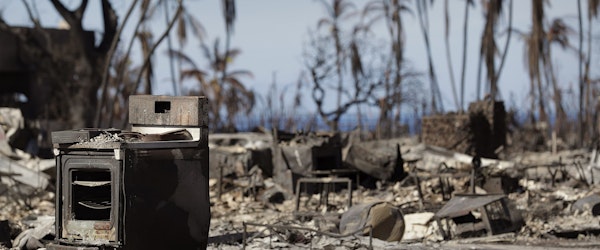
Hawaii’s High Court Weighs Insurance Dispute Over Maui Wildfire Settlement
Tuesday, February 11th, 2025 Catastrophe Litigation Property SubrogationThe 2023 Maui wildfire, the deadliest U.S. fire in over a century, left more than 100 dead and caused an estimated $5.5 billion in damage. A $4 billion settlement was announced last summer to compensate victims, with major defendants including Hawaiian Electric, the state of Hawaii, Maui County, and Kamehameha Schools. However, insurance companies have challenged a court ruling that bars them from pursuing separate legal action to recover payments they’ve made to policyholders.
The issue before Hawaii’s Supreme Court centers on subrogation—the process that allows insurers to seek reimbursement from responsible parties. About 200 insurers, having already paid $2.3 billion in claims, argue that they should be allowed to recoup additional funds from the defendants. If the court sides with insurers, it could derail the settlement, forcing plaintiffs back into litigation. Conversely, a ruling against insurers would move the settlement process forward, though potential appeals could delay final payouts.
As the justices deliberate, wildfire victims remain in limbo. If the settlement is finalized, funds can be distributed through an administrative process, but continued legal battles could postpone relief for years. The outcome of this case will shape how insurance claims and liability disputes are handled in future catastrophic events.





